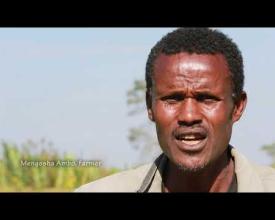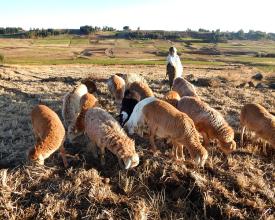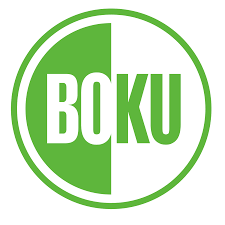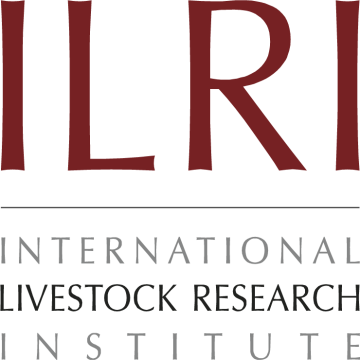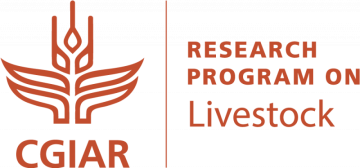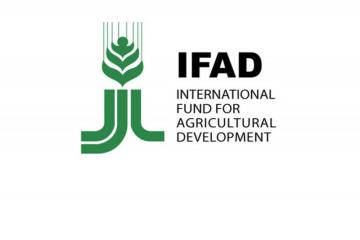
Community-based breeding programs (CBBPs)
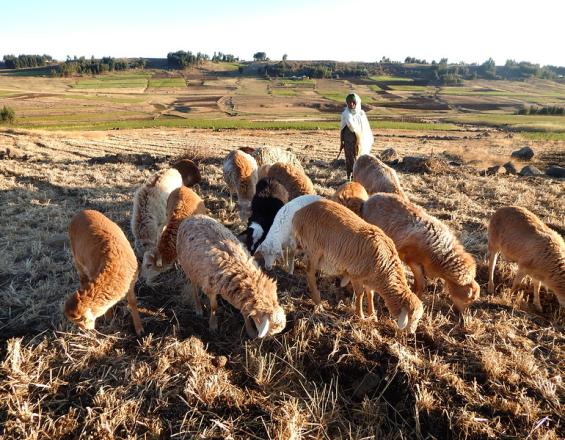
Ten years ago, Community-based breeding programs appeared as a pioneer solution for genetic improvement of sheep and goat in low input systems. They focus on training and building local capacity, leading to sustained genetic improvement of indigenous breeds. The solution has resulted in genetic gain of economically important traits, shown an increase in farmer income by 20% and helped the community triple consumption of animal source food.
Context
Challenges addressed
CBBPs came to address the issue of growing global demand for meat, milk and other livestock products and struggling communities to increase the production of animals in Ethiopia, the lack of which is in part due to low productivity per animal and flock offtake. Indeed, Ethiopia has a large and diverse population of small ruminants, which contribute substantially to the livelihood and income of the rural poor. In the past, the government of Ethiopia had placed much emphasis on importing exotic genetics rather than focusing on local ones and crossbreeding with local stock as a strategy for genetic improvement. However, this has not led to a significant productivity improvement and the programmes have generally been unsustainable. CBBPS therefore address challenges related to SDG1 and SDG2 by their inclusion of indigenous breeds and their impressive results in measurable genetic gains and socioeconomic impact.
Location
Process
Summary of the process
In practice, the link between training and developing local capacity and implementation of business development is permitted when CBBP’s combine the selection of breeding rams and bucks based on a careful recording of important production parameters, such as body weight at a specific age and birthing intervals, with an expert local opinion on what constitutes a good ram or buck within real-world settings, followed by its communal use for improved breeding. Farmers who participate provide their local knowledge and are organized into sheep and goat breeding associations, many of which evolve into formal cooperatives independent of ICARDA’s support.
Building Blocks
Training and building local capacity
Transfer of knowledge that are locally based and training to farmers to sustain the solution into the future.
Enabling factors
The effectiveness comes from the inclusion of local knowledge, its participatory approach and the fact that it is owned by farmers themselves. In comparison to conventional breeding schemes that do not address the core development challenge and are often unsuccessful. Unlike conventional breeding programs involving nucleus schemes and or importation of exotic germplasm for crossbreeding (both requiring infinite support and inputs from the implementing organization).
Lesson learned
CBBPs which focus on indigenous stock and consider farmers’ decisions and active participation, from inception through to implementation, are identified as programmes of choice because they fit in different production systems and agroecologies. CBBP has potential for replication because it develops confidence in local communities as it is based on existing management and breeding practices and because of failure of earlier centralized schemes people are desperate for a new approach.
Business development
Trained in sheep husbandry, ration balancing and formulation, entrepreneurship and marketing.
Enabling factors
The Ethiopian government and the private sector need to invest in strategies around Community Based Breeding Programs to make the programme work and be sustainable in low‐input systems. Institutional arrangements including the establishment of breeders’ cooperatives to support functionality and sustainability of the programs.
Lesson learned
Productivity per animal and flock offtake are both low because of the absence of appropriate breeding programmes, lack of technical capacity, poor‐quality feeds, diseases leading to lamb mortality, and underdeveloped markets in terms of infrastructure and information. Sustainable cooperatives develop it develops confidence in local communities as it is based on existing management and breeding practices.
Impacts
- High reach: More than 5000 Households in 40 villages have been directly involved and benefited from the programs. Farmers have also created 35 formal breeders’ cooperatives, which have been able to build capital from investments.
- Increased productivity: CBBPs increases the productivity and profitability of indigenous breeds without undermining their resilience and genetic integrity, and without expensive interventions. Benefits of CBBPs include lamb growth rate, lambing interval, and reduced mortality.
- High market price: Higher market price compared to sheep and goats from non-members.
- Business development: Sheep and goat farming in CBBP’s zones are a top business activity and the linchpin of many farmers’ livelihoods. In 2019, 44 youth groups with a total of 485 members (41 percent female) were trained in sheep husbandry, ration balancing and formulation, entrepreneurship and marketing.
- Social inclusion: Contribution to social inclusion through training of 50 masters and 15 PhD students, who now advocate for the program within their universities and organisations.
Beneficiaries
Small ruminant farmers in low-input systems and small ruminant value chain actors.
Sustainable Development Goals
Story
"The cooperative structure will serve the community well into the future. Bonga has a very well-organized and vibrant cooperative that thinks out of the box. They have overseen a transformation from subsistence farming to a market-oriented sheep production system. They are becoming a self-sustaining private sector.” Alemayehu Haile

